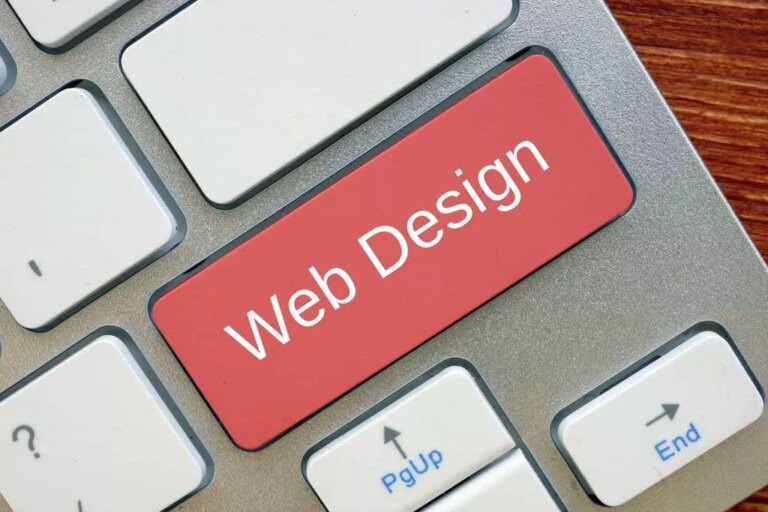Resources for teachers include affordable or even free apps, such as 360Cities, which allows students to visit places like Rome and Tokyo. Another app, TimeLooper, allows students to visit locations through a historical lens, such as London in medieval times or World War II. Platforms like Immersive VR Education and Nearpod allow teachers to develop lesson plans with VR and AR technology. We can now use augmented reality to create a tornado, then bring the funnel right into the classroom so students can experience these destructive storms close up. Or students can take an AR tour of a beehive to see its inner workings and explore how the bees work together to support the community.
Sign up to receive daily breaking news, reviews, opinion, analysis, deals and more from the world of tech.
BigScreen – Watch Movies + VR Hangout
Here is a run-down of the best free https://www.globalcloudteam.com/virtual-reality-in-education-benefits-and-tools/ in the modern classroom (in no particular order). Courselounge is a blog and curated course directory to encourage people to teach themselves new skills online. Want to get started with using some of the best VR apps listed above or try a new one? While the experience isn’t interactive, it boasts great reviews and is available at no cost. Within works with Google Cardboard, but can also be viewed on a phone without a headset. You can record simulations, edit scenes and engage with multiple users simultaneously.
During the journey, students can have the chance to navigate the body, while learning about different parts and functions. Students can learn new terminology and explore many different structures. This gives the students the chance to get an up close look at the human body that they may never get the chance to see. Science apps are great apps for teachers to incorporate into classrooms.
KingTut VR
Hopefully, these great examples get you excited about the possibilities of using augmented and virtual reality in education. Cleanopolis VR is an exciting and educational game that can be used to engage students in the classroom and help them understand the global environmental issues we are facing today. The game’s competitive structure helps to motivate students and encourages them to think critically and develop problem-solving skills. Timelooper provides https://www.globalcloudteam.com/ students with the opportunity to visit famous historical landmarks and moments such as the pyramids of Giza or the signing of the Declaration of Independence. With this app, students have access to hundreds of 360-degree video and audio tours that allow them to experience these sites from a unique perspective. Furthermore, Timelooper includes quizzes throughout each tour in order to test student’s knowledge on the material they have just viewed.
Learning is fundamentally a social experience, so VR is best used as a supplemental learning tool. This amazing app offers a 360 degree view of the historical artifacts that were found in the tomb, giving children an up close and personal look at what life may have been like for this ancient ruler. In addition to its educational value, Timelooper is also incredibly easy to use. The app allows teachers and students to easily create their own tours by adding video, audio, images, text and interactive elements.
The best VR apps for education
For example, in a March 2019 report, EdTech cites a study showing that students in a mixed reality biology classroom received higher scores than other students. And AR and VR can help with memory retention and recall, as well—EdTech reports on a recent study that shows an increase in retention of almost 9 percent for students who learned in an immersive environment such as VR. VR technology is revolutionizing the language-learning experience, providing users with a chance to grow their skills through interactive & immersive conversations. Let go of your worries – there are no marks and wrong turns here; mistakes just open more doors on the road to fluency!

If you’re looking for a VR app to assist with collaboration and project management, consider Dream (info) which can be downloaded from the Oculus and Vive app stores and is compatible with the respective headsets. With Spatial, your personalized avatar – based on your own image – can interact with the avatars of friends and colleagues. In the virtual workrooms, you can more easily use your hands as the mouse to draw, present, search and organize ideas. The platform is compatible with headsets such as Pico Neo, Pico Neo 2 Eye, Oculus Quest, Oculus Quest 2, Oculus Rift, Oculus Rift S, Windows MR, Valve Index, Varjo, HTC Vive and HTC Vive Pro.
virtual reality apps for the classroom
Meta alone has dozens of extended reality-related jobs, and a significant number have starting salaries that exceed $100,000. You can watch VR videos on YouTube by simply moving your iPhone around to view different parts of the 360-degree virtual space, not dissimilar to how you play Pokemon Go. Rec Room is an impressive social communications app that lets users interact within 3D virtual spaces with voice chat, text chat, or physical gestures. While simplistic in design, user avatars can be fully customized while moving around the virtual areas.

The virtual reality market size is expected to grow from less than $12 billion in 2022 to more than $22 billion by 2025, according to data from Statista. One of the factors motivating growth in the VR industry has been the demand for solutions to combat feelings of isolation during virtual, distanced learning. Virtual reality apps can transport you beyond your current physical limitations.
Latest Articles
With its cutting edge combination of mobile-VR, Oculus or Steam support – Mondly provides an immersive experience perfect for expanding both self-confidence and conversational capabilities. Virtual Reality can be used in providing high-tech-based and professional training in educating people about the practical aspects of execution. They create a real-seeming atmosphere for the enrolled people to practice for the real-time situation. They use a virtual reality landscape combined with the devices which might get used in the real-time situation connected with a wireless system that seems to move in the training VR screen as they move in real life.
- While the experience isn’t interactive, it boasts great reviews and is available at no cost.
- What’s more, the game is designed for a younger audience that may not be as familiar with VR technology.
- With its user-friendly platform and high-quality 3D content, students can explore a variety of topics while also getting an immersive experience.
- This provides a unique learning opportunity for students by making them actively engage with the content, instead of passively consuming it as one would on a traditional tablet or PC-based app.
- Benefits – Some of the greatest benefits of VR apps include the potential to save money, move beyond physical limitations and make learning more engaging.
- There’s reams of research about the so-called Proteus Effect, or how a virtual reality user’s behavior might be subtly affected by their avatar’s characteristics.
This works by just a smartphone and an internet connection with visible benefits. This can also let the students have the experience of the past events and allow them to have a look at all these by just being in their classrooms. Not just this, students can have the virtual projection of the choices of their careers and do creative activities for themselves to make themselves more suitable in terms of skills and values. Currently, virtual reality is being used in many forms in the entertainment spaces, in gaming, and in healthcare , military and education as well. The planets were shrunk down to 1 millionth of their actual size for a more surreal experience. For instance, Earth will appear to be of the size of a small house or a 12.7-meter-wide holographic ball.
Acadicus – VR Training for Real-World Problems
Definitely, educational language apps are some of the best VR uses for the classroom. The majority of those teachers said the technologies have the potential to help students develop career skills, build social and empathy skills and stay more engaged and motivated in the classroom. Engage is an incredible app for teachers who want to bring their educational activities into the virtual reality space. It’s easy to use and has a wide range of features, from creating avatars to streaming presentations.
